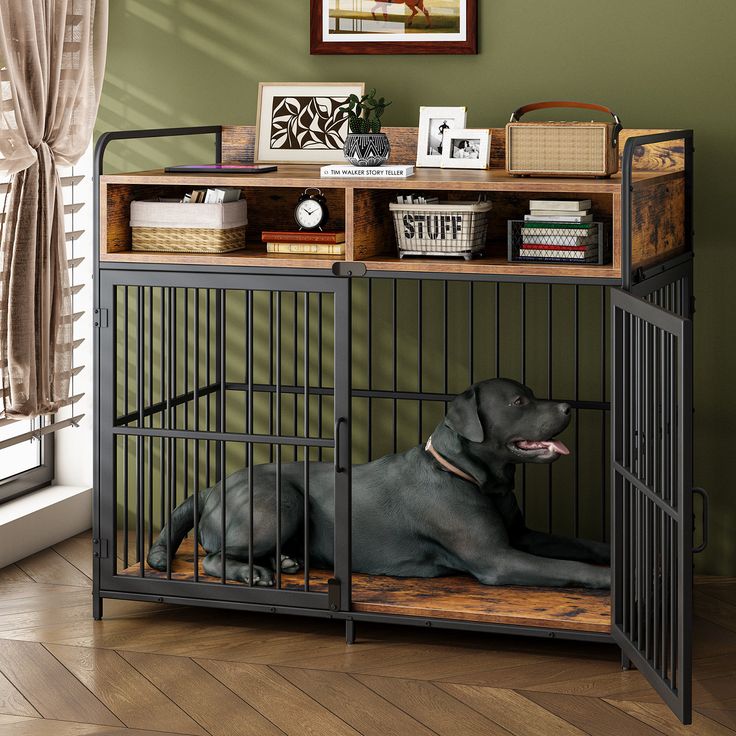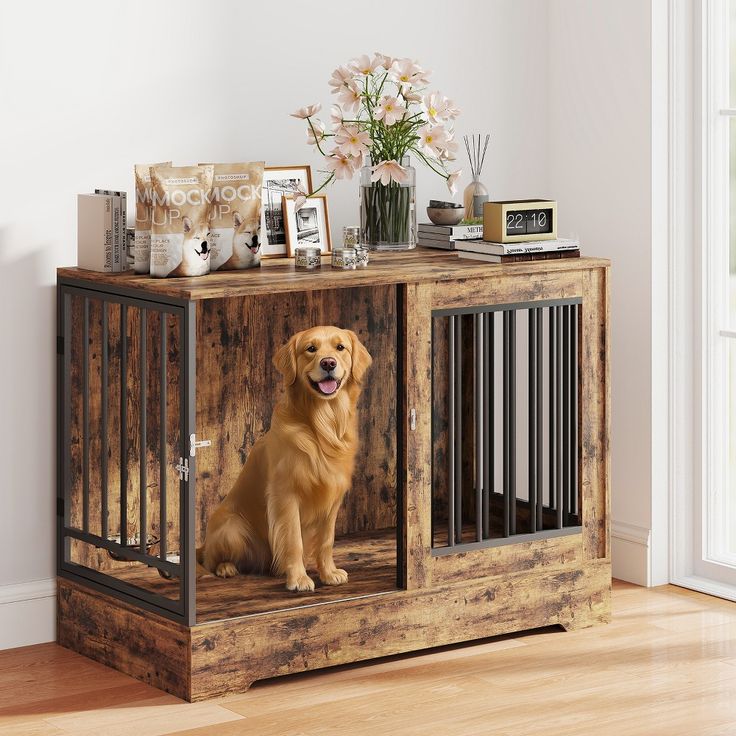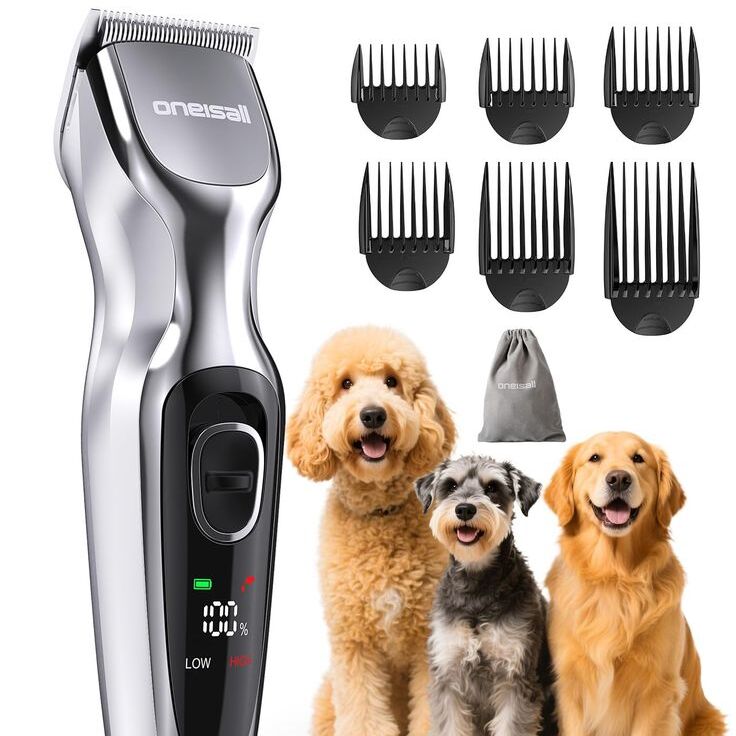As a dog owner, managing pet hair and dander can feel overwhelming. A reliable dog vacuum cleaner can make this task effortless, transforming your home into a clean and comfortable space. However, with so many options on the market, selecting the best vacuum designed specifically for dog owners can be daunting. This article will offer essential tips for choosing the right dog vacuum cleaner, covering features to look for, types available, and maintenance practices that will help you get the most out of your investment.

Understanding Your Dog’s Shedding Patterns
Before diving into the specifics of choosing a dog vacuum cleaner, it’s crucial to understand your dog’s shedding patterns. Different breeds shed at varying rates; some dogs, like Labradors and Huskies, require frequent cleaning due to their heavy shedding. Other breeds, such as Poodles and Yorkshire Terriers, shed less fur but may produce dander that still requires effective cleaning.
Observe your dog’s grooming habits throughout the year. Many dogs shed more during seasonal transitions, particularly in spring and fall. Knowing your dog’s shedding cycle helps you anticipate the cleaning needed and select a vacuum that will efficiently handle hair and dander. Additionally, consider the type of surfaces in your home. Homes with carpeted floors may require a vacuum specifically designed for deep cleaning, while hardwood or tile floors necessitate different features. Adapting your choice of vacuum to your dog’s specific shedding pattern ensures a cleaner living environment.
Types of Dog Vacuum Cleaners: Choose What Fits Your Needs
Evaluating the various types of dog vacuum cleaners available on the market can simplify your selection process. Each vacuum type offers distinct advantages suited for different environments and requirements.
1. Upright Vacuums
Upright vacuums deliver powerful suction and effective deep cleaning capabilities. These vacuums often come with various attachments, making them ideal for tackling pet hair on carpets, rugs, and upholstery. An upright vacuum typically covers larger areas quickly, making it a great option for homes with extensive carpeted space.
When choosing an upright vacuum, look for features such as adjustable brush heights, specialized pet hair attachments, and a sturdy filtration system designed to trap allergens. Some models include a pet turbo brush that specifically targets stubborn hair embedded deep within carpets.
2. Canister Vacuums
Canister vacuums offer enhanced maneuverability and versatility, making them perfect for cleaning difficult-to-reach areas. The hose and canister design allows you to navigate around furniture and tight corners with ease. This type of vacuum is particularly beneficial for homes with multiple flooring types, as many models come with interchangeable heads optimized for different surfaces.
When selecting a canister vacuum, seek models with powerful suction, lightweight construction, and effective filtration. Check for the presence of pet hair attachments or brushes that can help in collecting fur from various surfaces.
3. Robot Vacuums
Robot vacuums have gained popularity in recent years for their convenience and efficiency. These devices autonomously navigate your home, detecting and collecting pet hair and debris without much intervention. Many robot vacuums feature smart home compatibility, allowing you to schedule cleanings via an app on your smartphone.
While robot vacuums may not deliver the deep cleaning power that a traditional vacuum offers, they excel at maintaining cleanliness. Choose a robot vacuum with a strong suction capability, a specialized pet hair removal feature, and a long battery life to ensure optimal performance in homes with dogs.
4. Handheld Vacuums
Handheld vacuums can be an excellent addition to your cleaning arsenal, as they allow for quick clean-ups of pet hair in areas where larger vacuums might be cumbersome. These portable devices are designed to easily remove fur from furniture, car interiors, and other surfaces.
Look for a handheld vacuum with strong suction power, a comfortable grip, and various attachments designed for pet hair removal. This type of vacuum is perfect for keeping your car clean or addressing small spills, but it should complement a more comprehensive vacuum cleaner for thorough cleaning.

Key Features to Consider in a Pet Vacuum Cleaner
Choosing the right dog vacuum cleaner requires consideration of various features that enhance its performance and convenience. Understanding these features helps you make an informed decision that meets your needs and lifestyle.
1. Suction Power
Suction power is crucial for effectively picking up pet hair and debris. Look for vacuum models that feature adjustable suction settings, especially if you have different carpet types or hard floors in your home. Higher suction power ensures effective pet hair removal even from high-pile carpets.
2. Filtration System
Pet dander and allergens can aggravate allergies and asthma in sensitive individuals. A quality vacuum cleaner should come equipped with a HEPA (High-Efficiency Particulate Air) filtration system. HEPA filters capture small particles, ensuring you breathe cleaner air while keeping allergens at bay.
3. Attachments and Brush Types
The functionality of a dog vacuum cleaner greatly enhances through the inclusion of specialized attachments. Look for:
- Pet Turbo Brushes: These brushes have rotating bristles to gather embedded pet hair from carpets and upholstery.
- Crevice Tools: Great for reaching tight spaces where pet hair often accumulates.
- Dusting Brushes: Useful for delicate surfaces like electronics or furniture.
These attachments enable you to tackle various surfaces with efficiency.
4. Noise Level
Vacuuming can stress some dogs, especially those sensitive to loud noises. When choosing a dog vacuum cleaner, opt for models known for quieter operation. Many manufacturers now design vacuums to operate at lower decibels, making the experience less overwhelming for your pet.
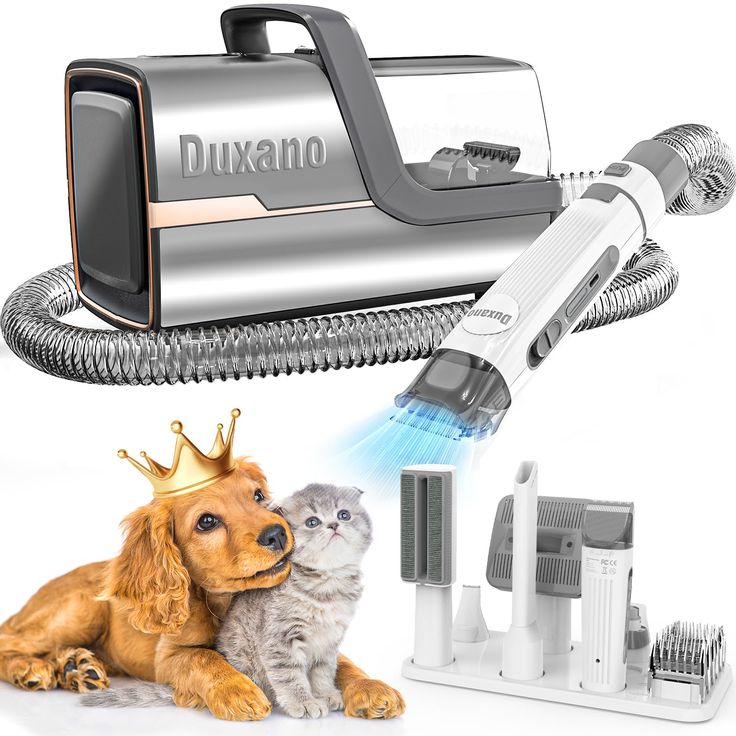
Maintenance Tips for Your Pet Vacuum Cleaner
Maintaining your dog vacuum cleaner is essential for ensuring its longevity and optimal performance. Regular upkeep not only enhances its efficiency but also contributes to a cleaner home. Here are some essential maintenance tips to follow:
1. Regular Cleaning
After each use, empty the dust container or bag promptly to prevent buildup. Accumulated pet hair and debris can restrict suction power, making it harder for your vacuum to perform effectively. Clean the filters in accordance with the manufacturer’s recommendations, often using mild soap and water to maintain hygiene and efficiency.
2. Check and Clear the Brush Roll
Hair and fibers can get tangled in the brush roll, reducing its effectiveness. Regularly check the brush roll for debris and remove any entangled hair. This minor maintenance task significantly impacts the overall performance of your vacuum.
3. Inspect the Hose and Attachments
Occasionally inspect the vacuum hose and attachments for blockages or damage. Clear any obstructions that may hinder airflow, and ensure that attachments remain securely connected during use.
4. Store Properly
When not in use, store your vacuum in a cool and dry place. Avoid direct exposure to moisture and keep it away from potential hazards that could cause damage. Proper storage safeguards your investment and prolongs its lifespan.
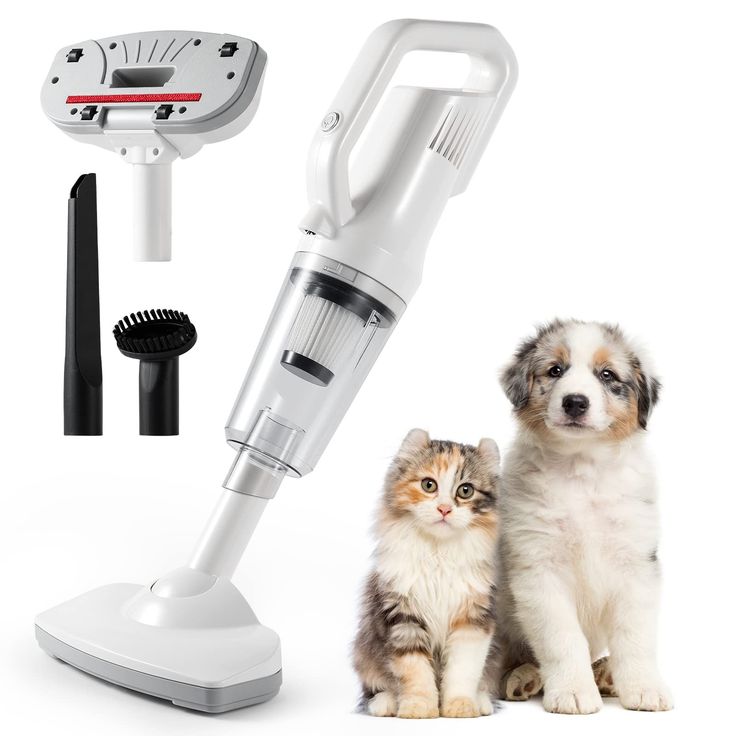
Evaluating Brand Reputation and Warranty
When choosing a dog vacuum cleaner, brand reputation plays a vital role in ensuring quality and reliability. Research top-performing brands known for manufacturing high-quality pet vacuums. Reading customer reviews and recommendations allows you to obtain real-world experiences with specific models.
Additionally, consider the warranty offered by the manufacturer. A robust warranty provides peace of mind, as it often covers repairs or replacements in the event of mechanical failure. Understanding warranty terms helps you make an informed purchase that protects your investment.
Creating a Regular Cleaning Routine
Selecting the best dog vacuum cleaner is only part of the equation. Establishing a regular cleaning schedule is essential to maintain a clean and healthy home. Here are some tips for creating a successful cleaning routine:
1. Daily Quick Cleanups
Develop the habit of performing daily or quick spot-cleaning sessions to keep pet hair and dander under control. A quick run with a handheld vacuum over furniture and busy areas helps maintain cleanliness without feeling overwhelming.
2. Weekly Deep Clean
Designate one day each week to perform a thorough cleaning of your home. Use your main vacuum to tackle carpets, rugs, and floors while addressing upholstery and pet bedding as well. Ensure that you schedule time to clean hard-to-reach areas frequently overlooked.
3. Seasonal Comprehensive Cleaning
Align deep cleaning sessions with seasonal changes, particularly during shedding seasons (spring and fall). These sessions should involve diligent cleaning of every inch of your home, including nooks and crannies where pet hair can accumulate.
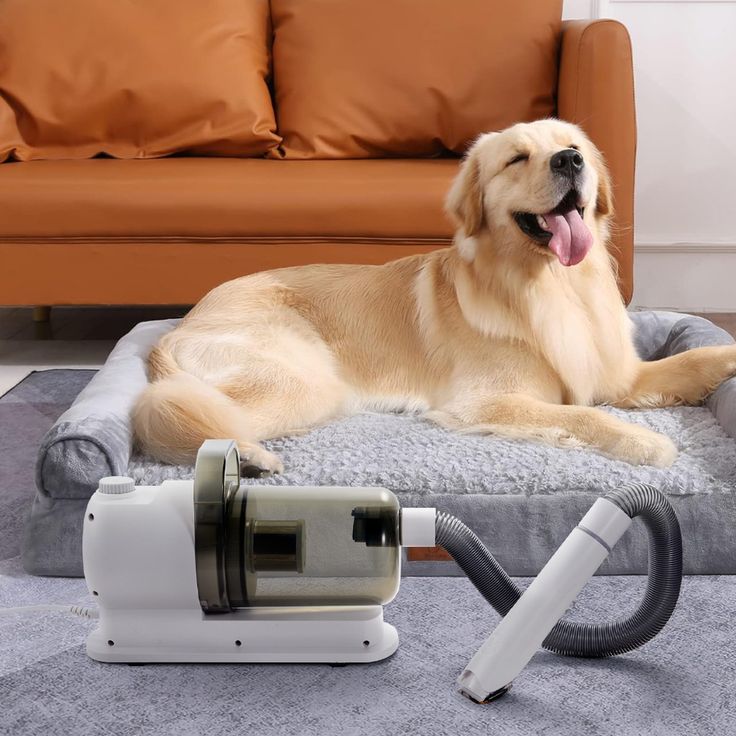
Conclusion: Make an Informed Choice for a Cleaner Home
Selecting the right dog vacuum cleaner involves careful consideration of various factors, from understanding your dog’s shedding patterns to evaluating different vacuum types and their key features. By choosing a vacuum that meets your needs and effectively manages pet hair, you create a cleaner, more comfortable home for both you and your furry friends.
Remember, regular maintenance and cleaning routines are essential to maximize your vacuum’s performance. Stay informed on brand reputation and choose a vacuum that aligns with your lifestyle. Investing time and research into selecting the best dog vacuum cleaner enhances your pet ownership experience, ensuring your home remains free of unwanted pet hair and dander while keeping the environment comfortable for your beloved canine companion. Happy cleaning!
